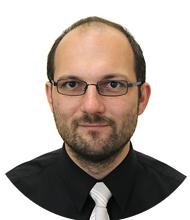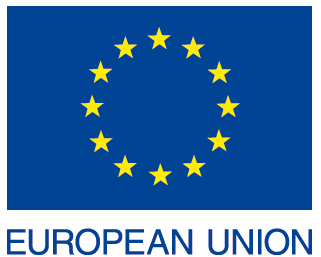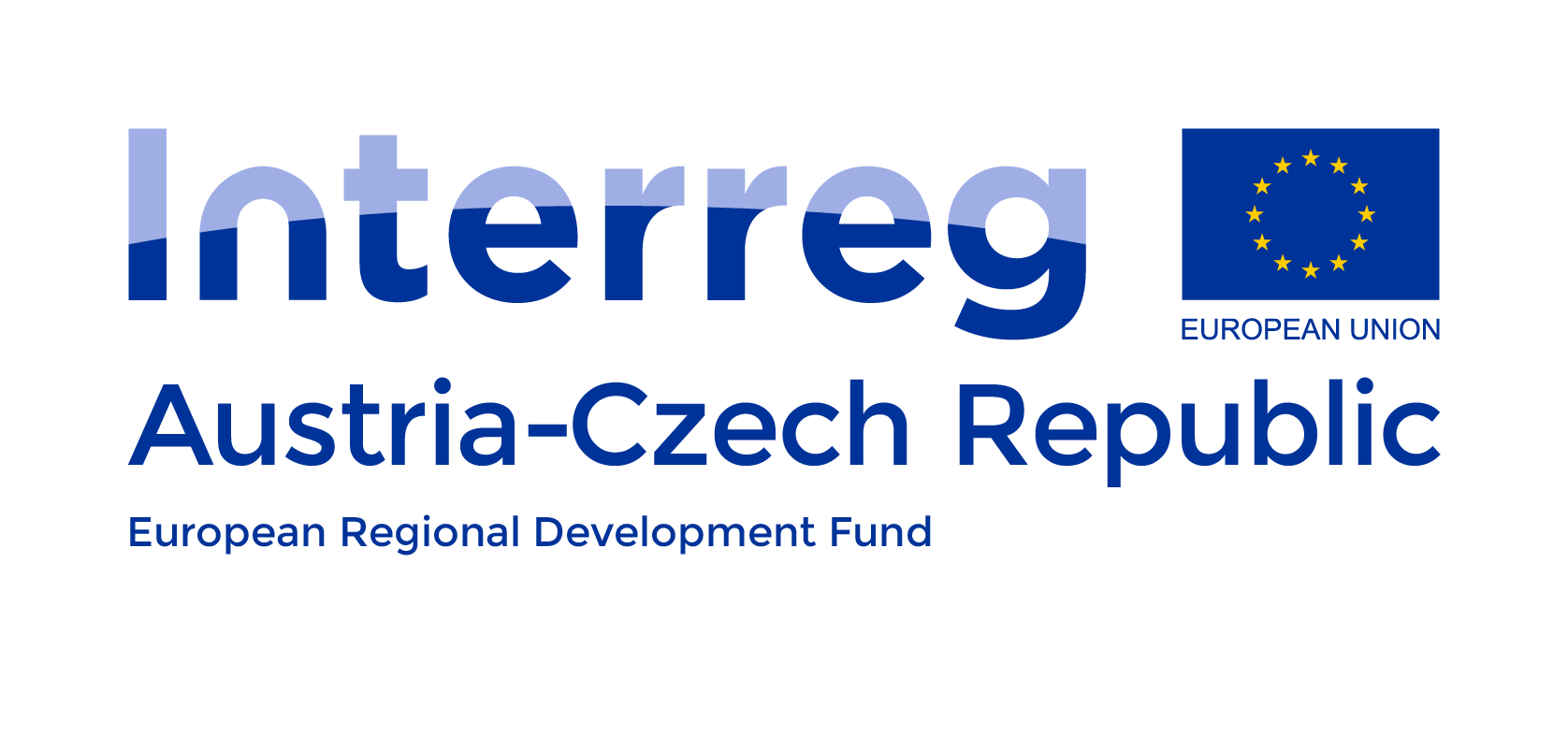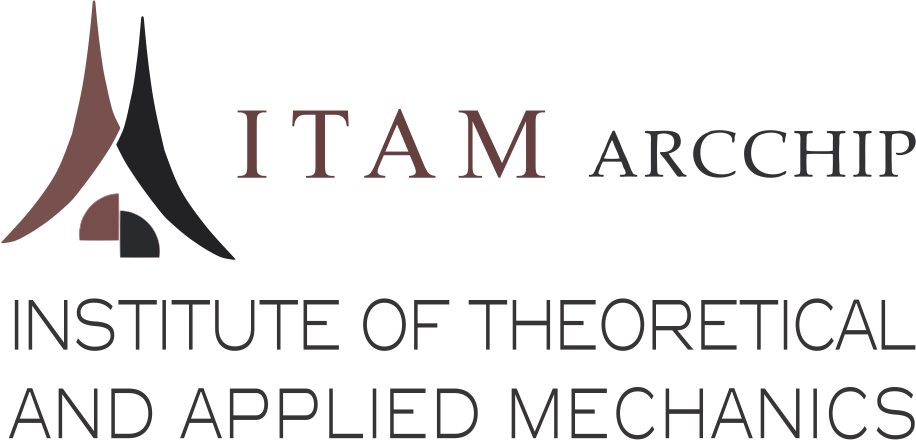June 5th - June 6th, 2019
Telč, Czech Republic
| Michal Vopálenský |
 |
| Centre of Excellence Telč, Institute of Theoretical and Applied Mechanics, CAS |
 |
| Michal Vopalensky was born in the town of Jihlava, Czechoslovakia (Czech Republic nowadays), in 1978. He received his master degree at the Faculty of Electrical Engineering of the Czech Technical University in Prague in 2002. His field of study was Measurement and Instrumentation and he was in particular interested in the sensors of magnetic field. Part of his diploma thesis was realized during his exchange study at the Vienna University of Technology, Austria, in 2001. He continued in Ph.D. studies in the same laboratory in Prague, investigating the magnetoresistive sensors. During his Ph.D. studies, he visited Universidad Nacional Autónoma de México for 10 months in 2003, making research in the field of non-standard applications of magnetoresistive principle. He finalized his Ph.D. studies in 2006 and began to work as a post-doc researcher for one year at the Tyndall National Institute, Cork, Ireland, establishing the technological process of fabrication of magnetoresistive sensors. He returned to the Czech Republic in 2007 and worked for 4 years in Bosch Diesel company, dealing with image processing. In 2011, he became the head of the Department of Electrical Engineering and Computer Science at the College of Polytechnics in the town of Jihlava. Since 2015, he is the head of the Laboratory of X-ray Tomography at the Centre of Excellence Telč, Institute of Theoretical and Applied Mechanics, Czech Academy of Sciences. His main interests are high-resolution CT, multienergy CT, fast CT and applications of CT particularly in culture heritage. |
ToraPar – A Software Tool for Planning of Geometry in MicroCT Measurements |
Michal Vopálenský
|
|
Computed tomography is an effective way of visualization and characterization of materials. In the Centre of Excellence Telč, Czech Republic, a part of the Institute of Theoretical and Applied Mechanics of the Czech Academy of Sciences, significant progress has been done recently in the high-resolution tomography, thanks to the Interreg ATCZ Com3D-XCT project. When planning a high-resolution experiment, it is important to tune the size of the object-under-test, source-to-object distance and source-to-detector distance carefully to reach optimum results. Although the basic mathematical considerations are rather simple, the task gets complex when considering possible configuration modes: the scenario when a squared detector used is different from the case when a rectangular yet non-squared detector used; the apperture of the tube collimator limits the minimum source-to-object distance, etc. The optimization of the geometry often means experimenting with the values and assess the plausibility of the experiment (for instance, the higher the magnification, the higher the nominal resolution, but at the same time, the smaller must be the specimen), and It is not really comfortable to make the calculations over and over again to a sheet of paper. Therefore, after a thorough analysis of the geometrical aspects, including the recommended number of angle steps, was done and a simple software with rather an intuitive GUI was developed to simplify and fasten tomography planning. |



